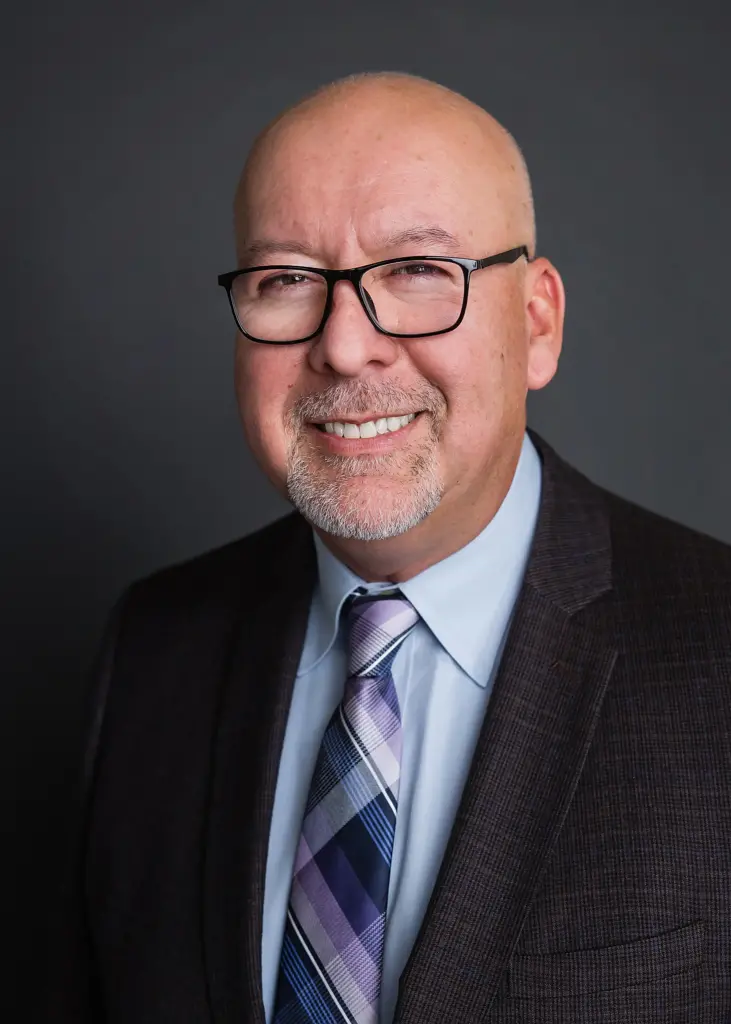Cheers to 50 Years!

“The growth and reach of the eye bank could not happen without a dedicated team of professionals continuously working towards a common goal.”
Samuel Ramos, Executive Director
Sierra Donor Services Eye Bank
Necessity is often a catalyst for action that can lead to great advancements. The concept of an eye bank is a great example of a vision coming together to find a solution to address the gap with corneal tissue availability for patients in need of sight restoring corneal transplants. Our eye bank is no exception, in October 2025, we cheerfully celebrate 50 years of collaboration with members of the community and health care professionals to facilitate the gift of sight! The last 50 years have brought new challenges that led to innovation and efficiencies that have resulted in greater access to donated corneal tissues for patients in our community and beyond.
Eye banks in the United States have evolved into complex professional organizations that excel at meeting the mission of restoring sight. From its foundation, what is now known as Sierra Donor Services Eye Bank, developed from a small hospital-based program created to support donated ocular tissue needs locally. The program was founded through a collaboration between George Waring, MD. and Ann Kerr, president of the Junior League of Sacramento and a double corneal transplant recipient. Years later, the NCLSA made a major contribution to provide equipment and support for the program. Eye donation in 1975 was not as widely established as present day and procurement and transplantation was limited. The next significant advancement came 5 years later with the recruitment of Mark Mannis, MD., who became the medical director for the eye bank and was instrumental in developing and formalizing the eye bank.
Simultaneously, a similar relationship was developing between Vanderbilt University and the Middle Tennessee Lions Eye Bank and Sight Service. An eye bank was formed that would serve patients in middle Tennessee in need of a cornea transplant. The two independent eye bank programs were eventually transferred from their academic origins to DCI Donor Services, who was the organization that facilitated organ and tissue donation in the community. Joining DCI Donor Services brought resources and efficiencies from the established infrastructure that would serve eye bank operations well and expand the breadth of services.
It was commonplace for surgeons to have a waitlist of patients needing a corneal transplant in the early days of eye banking, due to the unreliability of tissue supply. Many years of donor development through education, community involvement, and the advent of the donor registry changed the level of accessibility to donated corneal tissues and eliminated the waitlists. In the late 70’s, approximately 20 corneas a year were transplanted locally, and cornea surgeons had an extensive waitlist of patients. Fast forward 50 years and we are now transplanting over 1500 corneas a year and have eliminated the need for a patient to wait for a transplant.
The growth experienced and humanitarian focus has not only made a difference in our community but allowed SDSEB to further expand its reach and impact many individuals challenged with access to sight restoring procedures. Our not-for-profit business model allows us to utilize available funds towards providing corneal tissues at no cost to uninsured patients in our community. Over the years, hundreds of corneas have also been donated to support partner surgeons partaking in humanitarian missions worldwide. The valuable relationships with our surgeon partners are essential in supporting our mission to restore sight.
The growth and reach of the eye bank could not happen without a dedicated team of professionals continuously working towards a common goal. Eye bank operations have evolved into highly technical and specialized roles required for the intricate and high-quality work being performed. Highly skilled and certified eye bank technicians recover, evaluate, and prepare the delicate tissue for surgery, while quality assurance staff ensure safety and compliance to medical standards for every tissue that gets transplanted. In addition, many other professionals are involved with other essential aspects of the donation process including working with families to offer support and the option of donation, community education, program development, and supporting our surgeon partners. The eye bank program began with one full-time professional and has developed and become an integral part of a complex full-service donation organization consisting of more than 600 employees. The DCI Donor Services family of organizations consists of the eye bank, three organ procurement organizations, and a tissue bank all serving multiple states.
It’s astonishing to take a step back and appreciate the evolution of Sierra Donor Services Eye Bank and the impact the work from this organization has had over the years. I am grateful for the individuals that had the vision and initiative to begin the program, as well as all of those that have made their contributions over the years to make the program what it is today. I am proud of the team we have today and honored to be a small part of this incredible mission. Here’s to the great work that has been done, the work that is still unfinished, and cheers to 50 years!